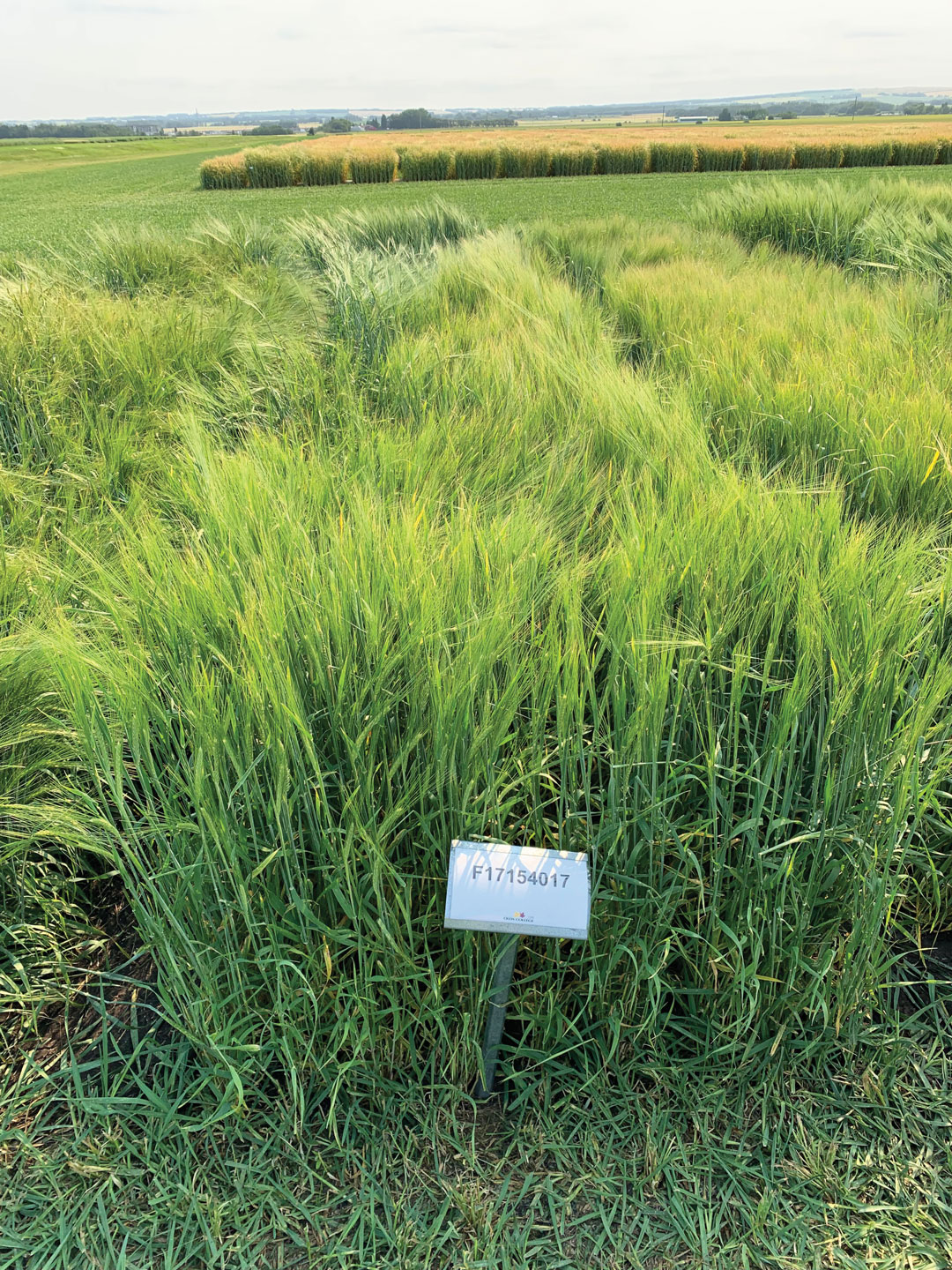LOVE OF THE CRAFT
SHARING BARLEY KNOWLEDGE TO ADVANCE CANADIAN MALT AND BEER
BY MATT HAMILL
As a 2017 Nuffield Canadian scholar, I am about to embark on what will no doubt be the journey of a lifetime. I couldn’t be more excited for what lies ahead. Nuffield Canada is an amazing organization that has provided growth opportunities for many individuals who have developed into agriculture industry leaders. I want to thank Nuffield Canada and the Western Grains Research Foundation, which sponsored my specific scholarship, for giving me this opportunity to do work that benefits the barley industry.
The goal of my research is to interview numerous individuals throughout the barley value chain. This includes farmers, maltsters, brewers, distillers, barley breeders and many others in related support industries. My travels will take me to New Zealand, Australia, Brazil and the United States. I look forward to discovering some of the best practices in these countries and how they can be applied to the Canadian system.
These subjects are of interest to me because I, along with my family, have started Sharing barley knowledge to advance Canadian malt and beer a micro-malt house here in Alberta: Red Shed Malting. Right now, we are taking high-quality malting barley from my father’s Penhold-area farm and processing it into ingredients for breweries in Alberta. Starting and operating a malt house has been a monumental task, and it has led me to incredible conversations with some truly brilliant people across Canada. I’ve been able to meet some of the barley breeders behind the varieties that have made their way into billions of bottles of beer around the world, and my conversations with other maltsters always end up running longer than expected, as we learn so much from each other’s experiences.
One of my favourite parts of the job is talking to the new entrepreneurs who are starting, or have recently started, a brewery. Alberta is in the midst of a phenomenal growth phase in the craft beer industry. Among the owners of these new breweries, passion for the craft and a love of beer are the common denominator, but each individual’s story is unique and always interesting. Many of these passionate people got their first comprehensive introduction to the science of brewing beer through the two-year brewmaster program at Olds College, which accepted its first eager students in 2013. It’s great that Olds College has such a strong program, and the first wave of graduates are already enjoying success in the industry and receiving well-deserved recognition for their efforts.
I still think there is room for growth in Alberta’s craft beer industry. Converting people to craft beer is a quick process when they discover the flavour profiles and other new possibilities that craft has to offer. Others are drawn to craft beer by the benefits it creates for their local community and the agriculture industry.
I see the demand for craft beer—and, consequently, craft malt—increasing, and Red Shed Malting is ready for that growth. That said, there is still a mountain of hard work that needs to be done and several obstacles that could stand in our way in the future. One threat that stands out in my mind is disease. We’re very fortunate to be in a region of the province that has had limited issues with Fusarium head blight, and we have worked diligently to keep our farm free of this devastating disease. However, we know it is present in the region now and spreading quickly. When I attended the Lacombe Field Crop Development Centre field day this summer, I saw lots of great research being done to develop resistant barley varieties and educate farmers on crop rotation strategies in order to help combat the spread of Fusarium.
I see a lot of changes occurring at a very fast rate in the industry. Craft beer is proving to be more than just a trend and it delivers benefits throughout the entire value chain. Craft beer uses three to seven times more barley than popular macrobrews, as more of the sugar that gets fermented into alcohol comes from barley instead of adjuncts. These all-grain craft beers are approaching a one-fifth share of the beer market, but the breweries producing them are responsible for close to half of the malt demand in Canada. Based on this, I’m confident that exciting things are in store for the craft brewing and malting industries going forward.







Comments